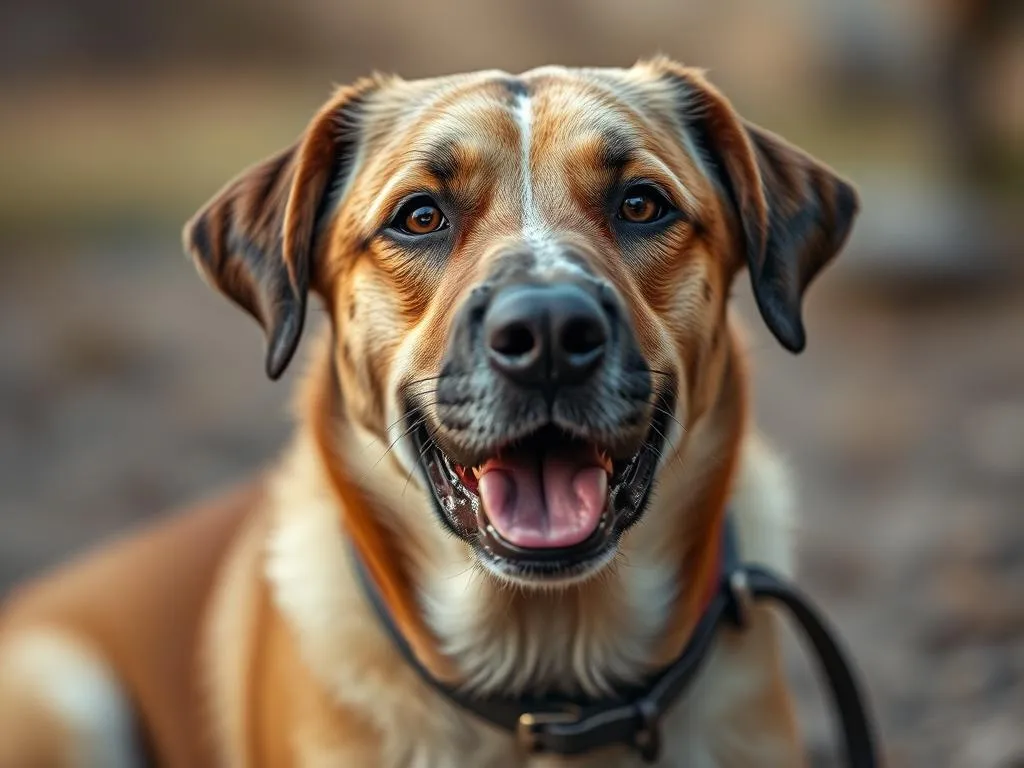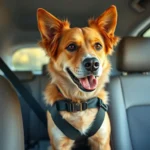
When you welcome a rescue dog into your home, one of the most rewarding experiences is forming a strong bond with them. Bonding in this context refers to the emotional connection that develops between you and your dog, which can lead to a fulfilling relationship over time. Understanding how long it might take for your rescue dog to bond with you is essential, as this process varies greatly depending on numerous factors.
Understanding the Bonding Process
What is Bonding?
Bonding is the process through which a dog and its owner develop trust and affection for one another. This emotional connection is crucial for the well-being of both parties. A strong bond can lead to a more obedient, secure, and happier dog. You may notice signs of a strong bond through behaviors such as following you around, seeking physical closeness, and showing excitement during your interactions.
Factors Influencing Bonding
Several factors can influence how long it takes for a rescue dog to bond with you:
- Dog’s Background: Many rescue dogs come from traumatic situations or have spent time in shelters. Their past experiences can significantly affect their ability to trust and bond with new people.
- Owner’s Experience: Your approach, patience, and understanding play a critical role in the bonding process. An owner who understands canine behavior and is willing to adapt their methods can foster a quicker bond.
- Environment: A safe, loving home environment is vital for building trust. The more comfortable a dog feels in their new surroundings, the easier it will be for them to form a bond.
Timeline of Bonding with a Rescue Dog
General Timeline Expectations
The timeline for bonding with a rescue dog can vary widely. Typically, the bonding process can be broken down into three phases:
- Immediate Phase: Initial interactions happen within the first few days.
- Short-term Phase: Trust starts to develop over the first few weeks.
- Long-term Phase: A deeper emotional connection forms over the ensuing months.
Factors such as the dog’s breed, age, and temperament can also influence the average duration of these phases.
Phases of Bonding
-
Initial Phase (First Few Days): During this time, your rescue dog will be assessing their new environment and you. They may be shy, anxious, or curious. It’s essential to give them space while slowly introducing them to new experiences.
-
Adjustment Phase (Weeks 1-4): As your dog starts to feel more comfortable, you’ll likely see signs of trust building. Establishing routines such as feeding, walking, and playtime can help solidify this new relationship.
-
Deepening Phase (1 Month and Beyond): At this stage, your dog may begin to show affection and a desire for companionship. Signs of a deeper bond include leaning against you, seeking your attention, and exhibiting loyalty.
Building a Bond with Your Rescue Dog
Creating a Safe Space
Creating a welcoming and secure space for your rescue dog can significantly impact the bonding process. Here are some tips to set up an environment conducive to bonding:
- Comfortable Bed: Provide a soft, quiet place where your dog can retreat and feel safe.
- Designated Area: Set aside a specific area in your home where they can relax without disturbances.
- Familiar Items: Use blankets or toys that smell like their previous environment to ease the transition.
Positive Reinforcement Techniques
One effective way to build a bond with your rescue dog is through positive reinforcement. This method rewards desired behaviors, creating a positive association between you and your dog. Here are some examples:
- Training Sessions: Use treats and praise when your dog follows commands or exhibits good behavior.
- Playtime: Engage in games like fetch or tug-of-war that promote interaction and fun.
- Affection: Giving pets and belly rubs can help your dog associate you with positive feelings.
Spending Quality Time Together
Quality time is essential for bonding. Activities that promote connection include:
- Walks: Regular walks not only provide exercise but also allow your dog to explore their surroundings with you.
- Training Sessions: These sessions build both skills and trust, making them an excellent bonding opportunity.
- Playtime: Engaging in playful activities strengthens your emotional connection.
Patience and consistency are key during these experiences. The more time you spend together, the stronger your bond will become.
Common Challenges in Bonding
Behavioral Issues
Many rescue dogs come with behavioral challenges due to their past experiences. Common issues include:
- Anxiety: Many rescue dogs exhibit signs of anxiety, making it difficult for them to relax and bond.
- Fear: Some dogs may be fearful of new environments or people, which can hinder the bonding process.
- Aggression: In rare cases, a rescue dog may show aggression due to previous trauma.
Understanding these challenges is crucial for navigating the bonding process effectively.
Tips for Overcoming Challenges
Here are some strategies to address common behavioral issues that may arise:
- Desensitization: Gradually expose your dog to new situations or stimuli to help reduce fear.
- Professional Help: If behavioral challenges persist, consider seeking assistance from a professional trainer or behaviorist.
- Patience: Allow your dog the time they need to adjust. Rushing the process can lead to setbacks.
Measuring Bonding Progress
Signs of Bonding
You’ll start seeing signs of bonding as time goes on. Some observable behaviors include:
- Following You: A dog that feels secure will often follow you around the house.
- Seeking Affection: Dogs may nudge you for pets or snuggle up next to you.
- Relaxed Body Language: A relaxed posture indicates comfort and trust.
Monitoring Progress
Keeping track of your dog’s behavior can help you gauge the progress of your bond. Consider:
- Journaling: Documenting interactions can provide insights into changes in behavior over time.
- Setting Realistic Expectations: Understand that bonding takes time and varies from dog to dog. Celebrate small milestones to maintain motivation.
Long-Term Bond Maintenance
Continuing Bonding Activities
Once you’ve established a bond, maintaining that connection is essential. Here are some suggestions:
- Regular Routines: Keep feeding, walking, and playtime on a consistent schedule to nurture the bond.
- New Experiences: Introduce new activities, such as trips to the dog park or learning new tricks, to keep things exciting.
Adapting to Changes
Life changes can affect your bond with your rescue dog. Here’s how to maintain your connection during transitions:
- Moving: Help your dog acclimate to new surroundings by maintaining routines and providing reassurance.
- New Pets: Gradually introduce new pets, ensuring your rescue dog feels secure and loved.
- Continued Training: Ongoing training can help reinforce your bond and keep your dog mentally stimulated.
Conclusion
Bonding with a rescue dog is a rewarding journey that requires time, patience, and understanding. From the initial phase of adjustment to the deepening emotional connection, each step in the bonding process is significant. Remember, the timeline for how long it takes a rescue dog to bond varies based on individual circumstances, and it’s essential to celebrate the progress you make along the way. Your efforts will not only enrich your dog’s life but also lead to a fulfilling relationship that enhances both your lives.









